ICRC Humanitarian Law and Policy Blog
ਚੈਨਲ ਵਿਸਥਾਰ
ICRC Humanitarian Law and Policy Blog
The International Committee of the Red Cross (ICRC) Humanitarian Law & Policy blog is a unique space for timely analysis and debate on international humanitarian law (IHL) issues and the policies that shape humanitarian action.
ਹਾਲੀਆ ਐਪੀਸੋਡ
270 ਐਪੀਸੋਡ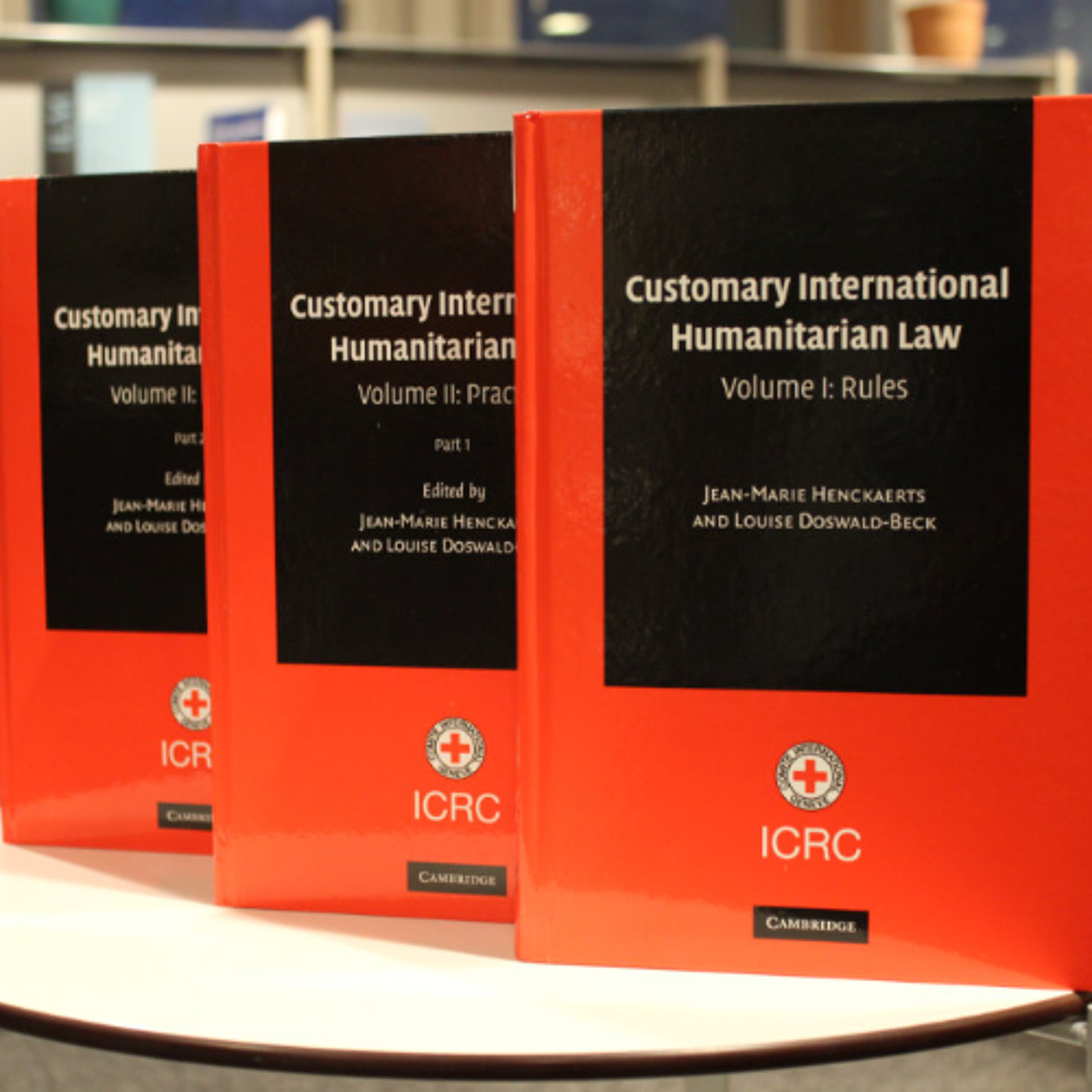
Twenty years on: the enduring impact of the ICRC customary IHL study and database
The ICRC’s 2005 study on customary international humanitarian law – along with the free, public database launched five years later – arrived at a mome...
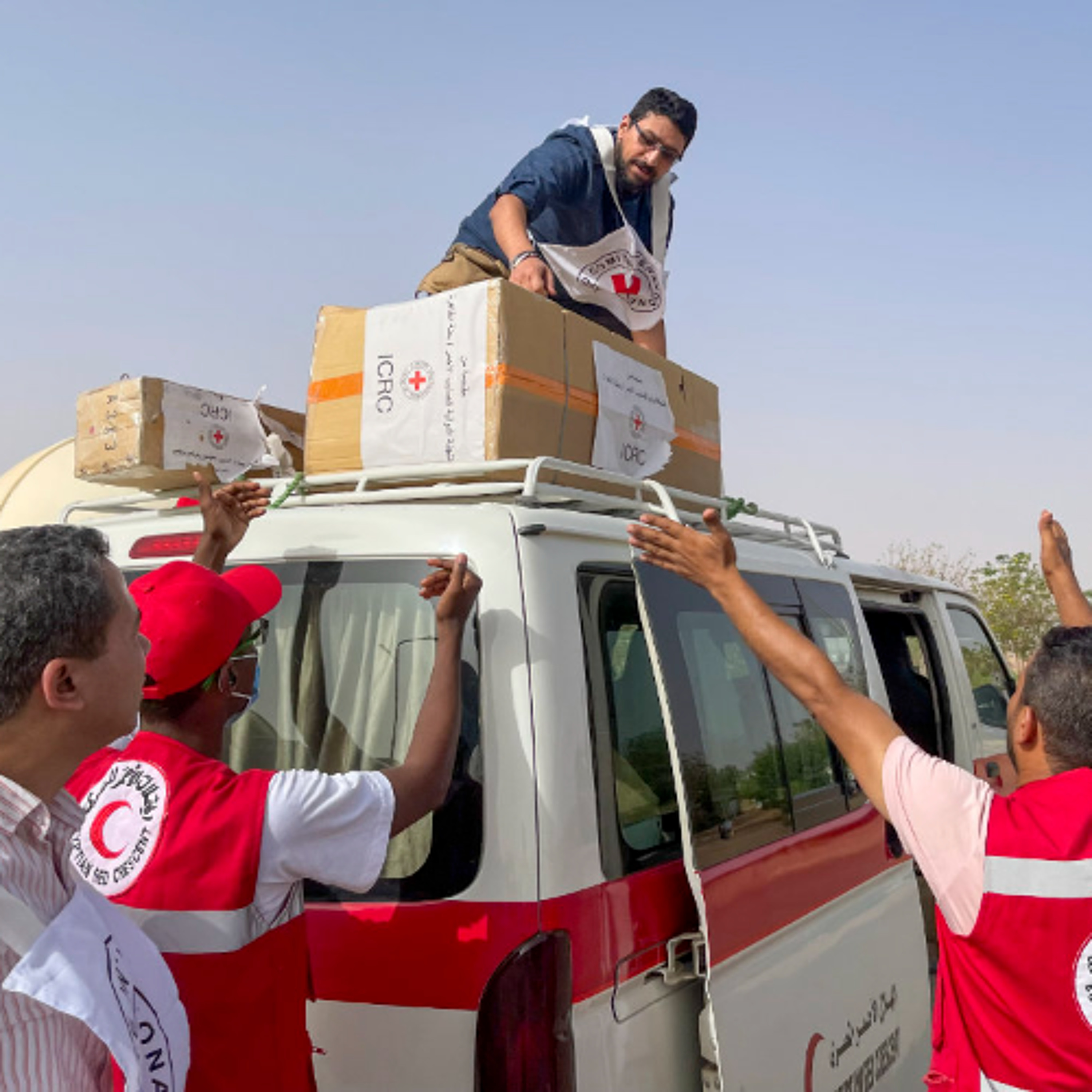
Complying with IHL in large-scale conflicts: How should states prepare to allow and facilitate delivery of humanitarian relief?
Large-scale armed conflicts consistently sever the systems that sustain civilian life, leaving populations without essential services or access to bas...
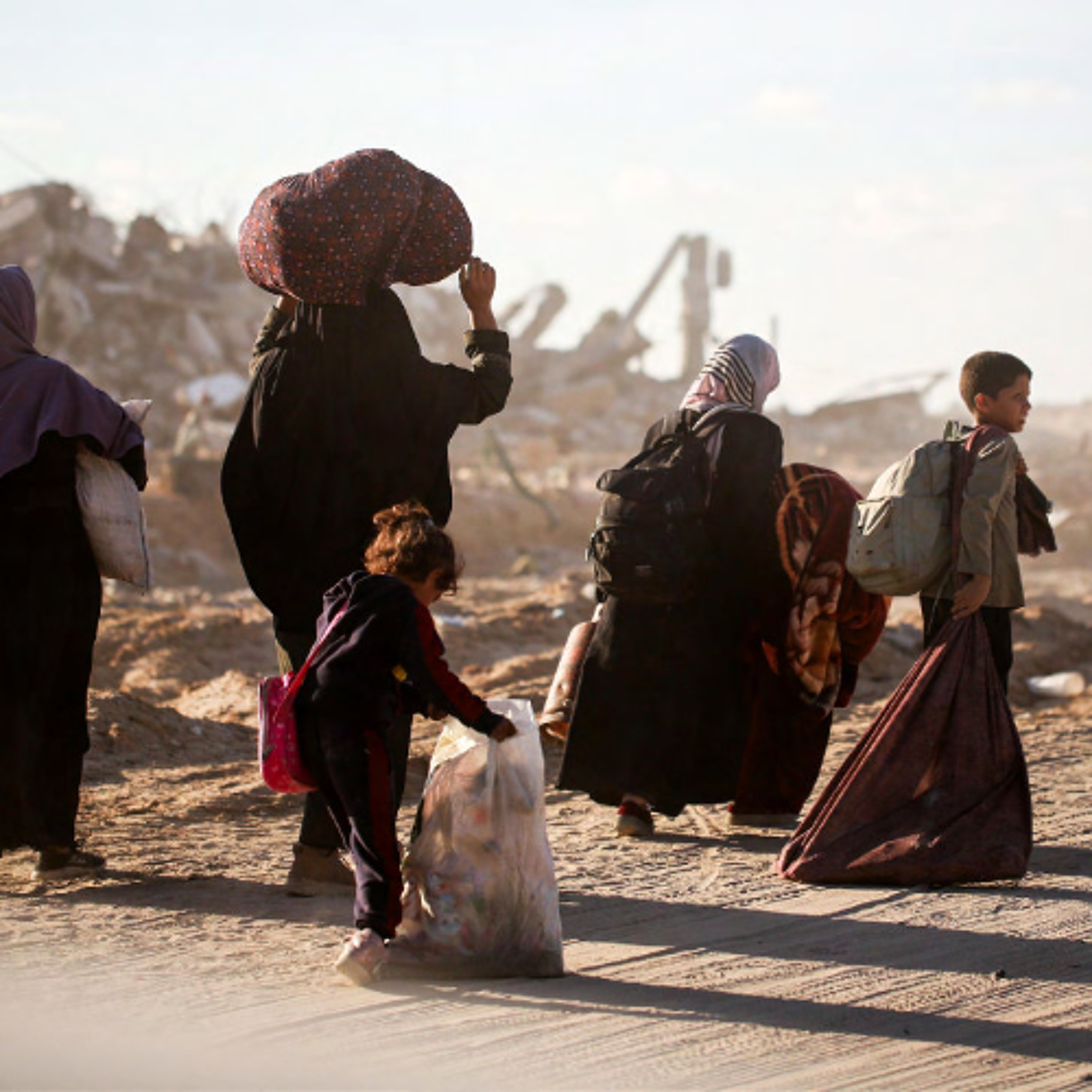
From crisis to recovery: managing the environmental impacts of armed conflict
The environmental toll of armed conflict is neither insignificant nor fleeting: it contaminates water, soil, and air, erodes ecosystems, undermines li...
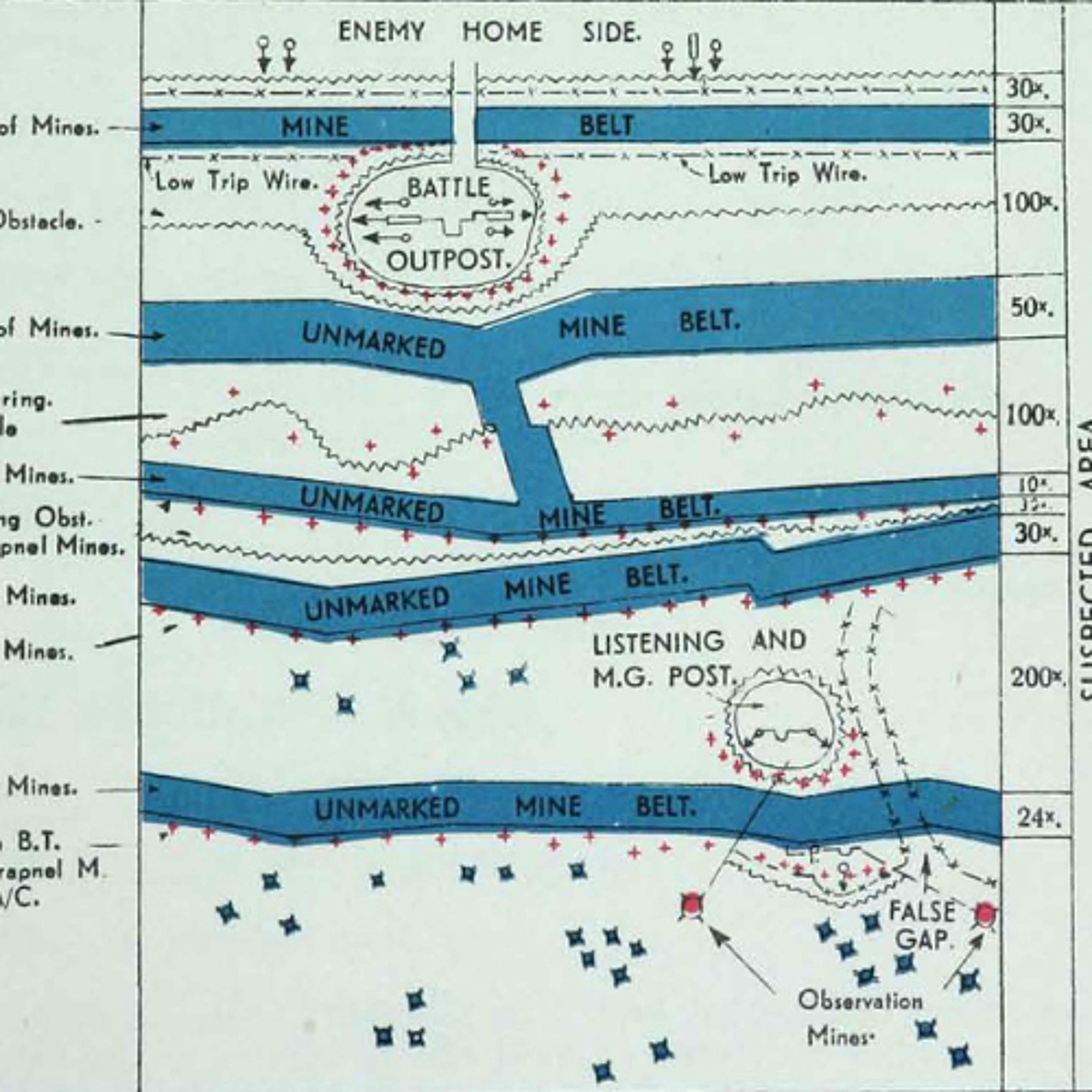
Do anti-personnel mines still have military utility in modern warfare?
Five States Parties to the Anti-Personnel Mine Ban Convention have recently submitted instruments of withdrawal, citing national security and military...
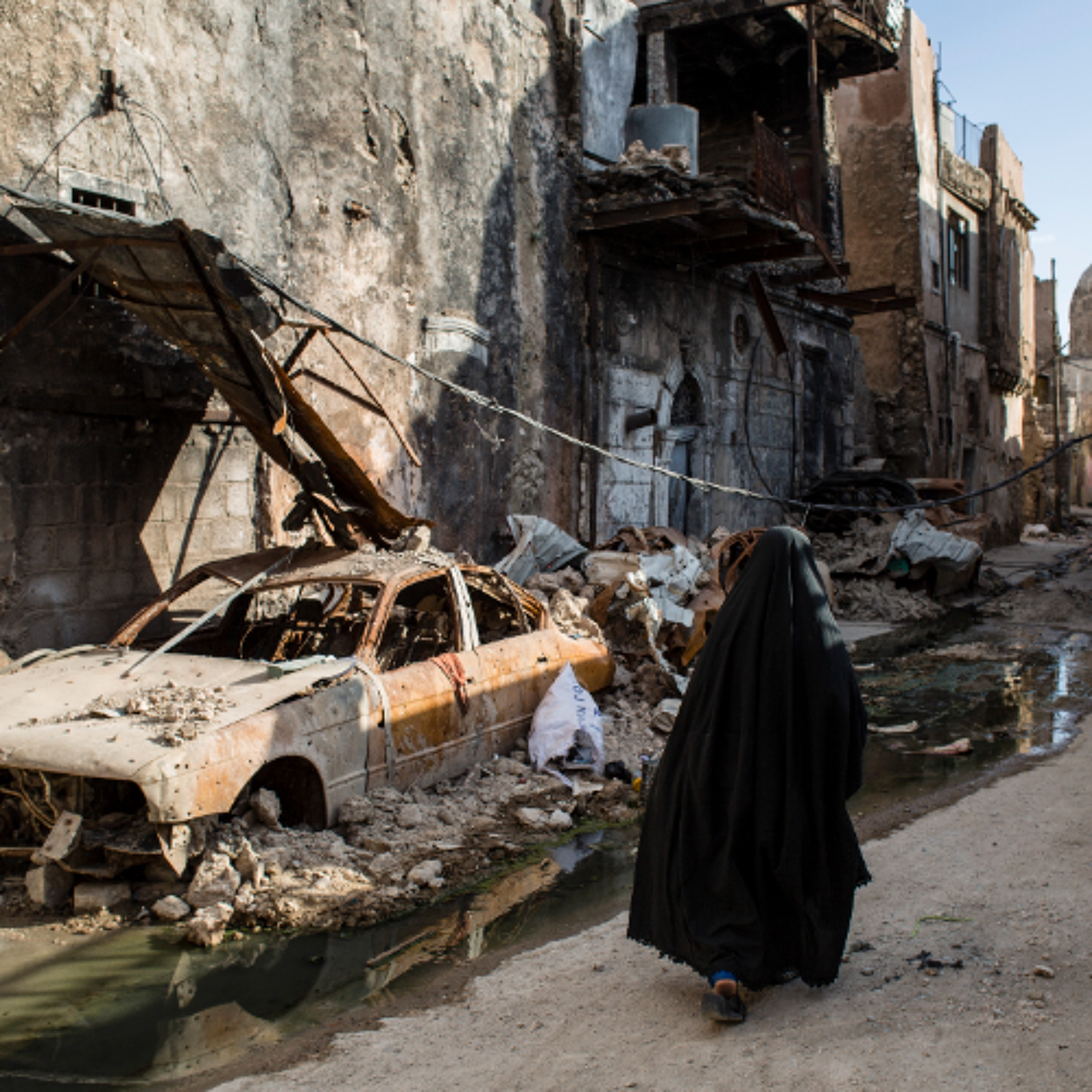
Navigating violence: five insights to strengthen humanitarian action in contested territories
More than 200 million people live today in contested territories – places where the authority of the state is challenged outright and armed groups exe...
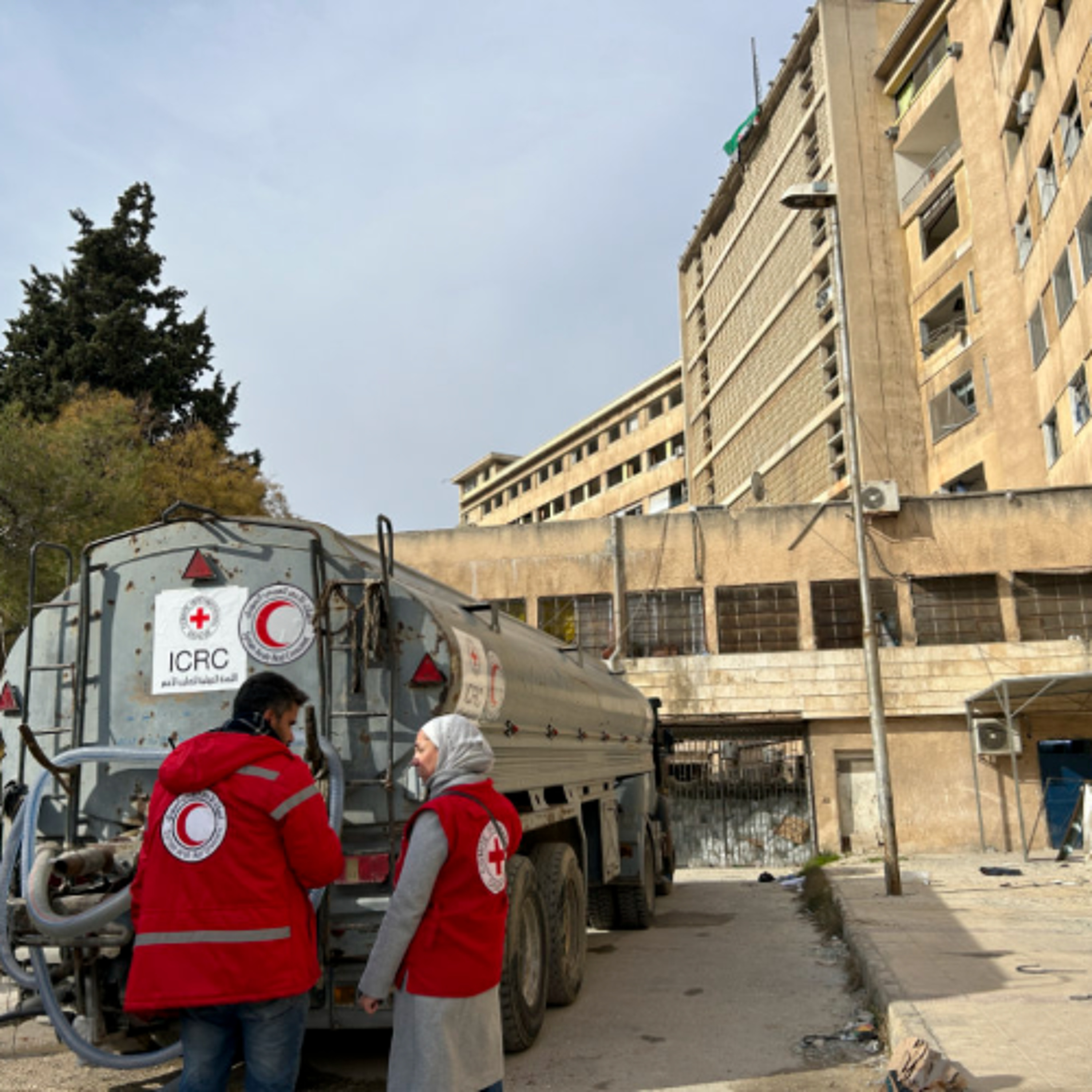
Reaffirming the obligation to protect medical facilities and support their functioning
Restrictions on movement and access to medical supplies have become an often-unseen threat to health care in today’s armed conflicts. Even where hospi...

Outsourcing humanity? International law, humane treatment, and artificial intelligence in detention operations
As artificial intelligence (AI) begins to shape decisions about who is detained in armed conflict and how detention facilities are managed, questions...

Divided together: how families of the missing build peace
When people go missing in war, their absence lingers far beyond the battlefield – splintering families, deepening social divides, and haunting politic...

Peace can start in a prison cell: how IHL and humane detention can build pathways to peace
When wars end, peace rarely begins overnight. It’s built, slowly and painstakingly, through acts that restore a sense of humanity where it was once su...
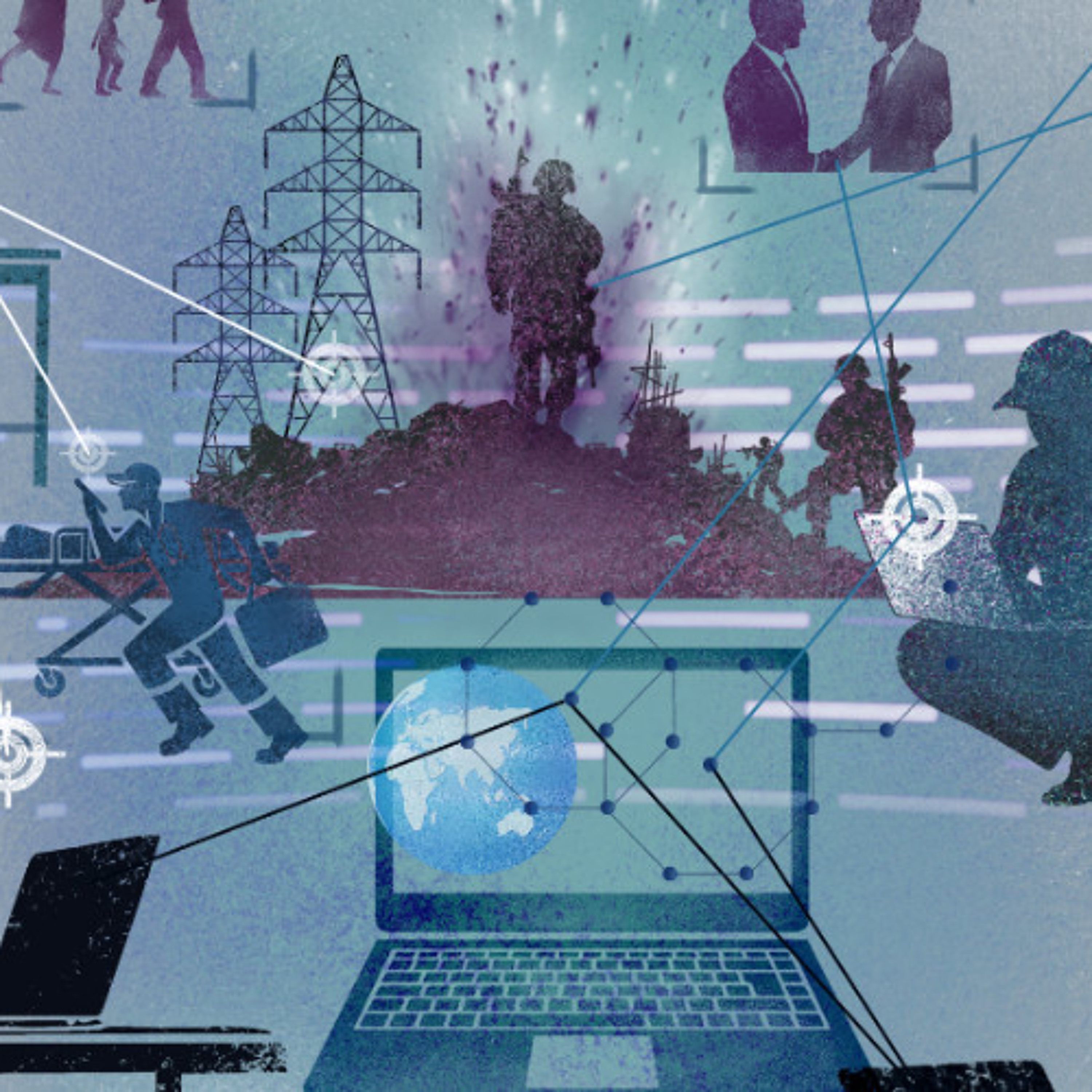
From hackers to tech companies: IHL and the involvement of civilians in ICT activities in armed conflict
Picture a potential future armed conflict: missiles and drones crowding the skies, uncrewed vehicles rolling across borders, and governments scramblin...
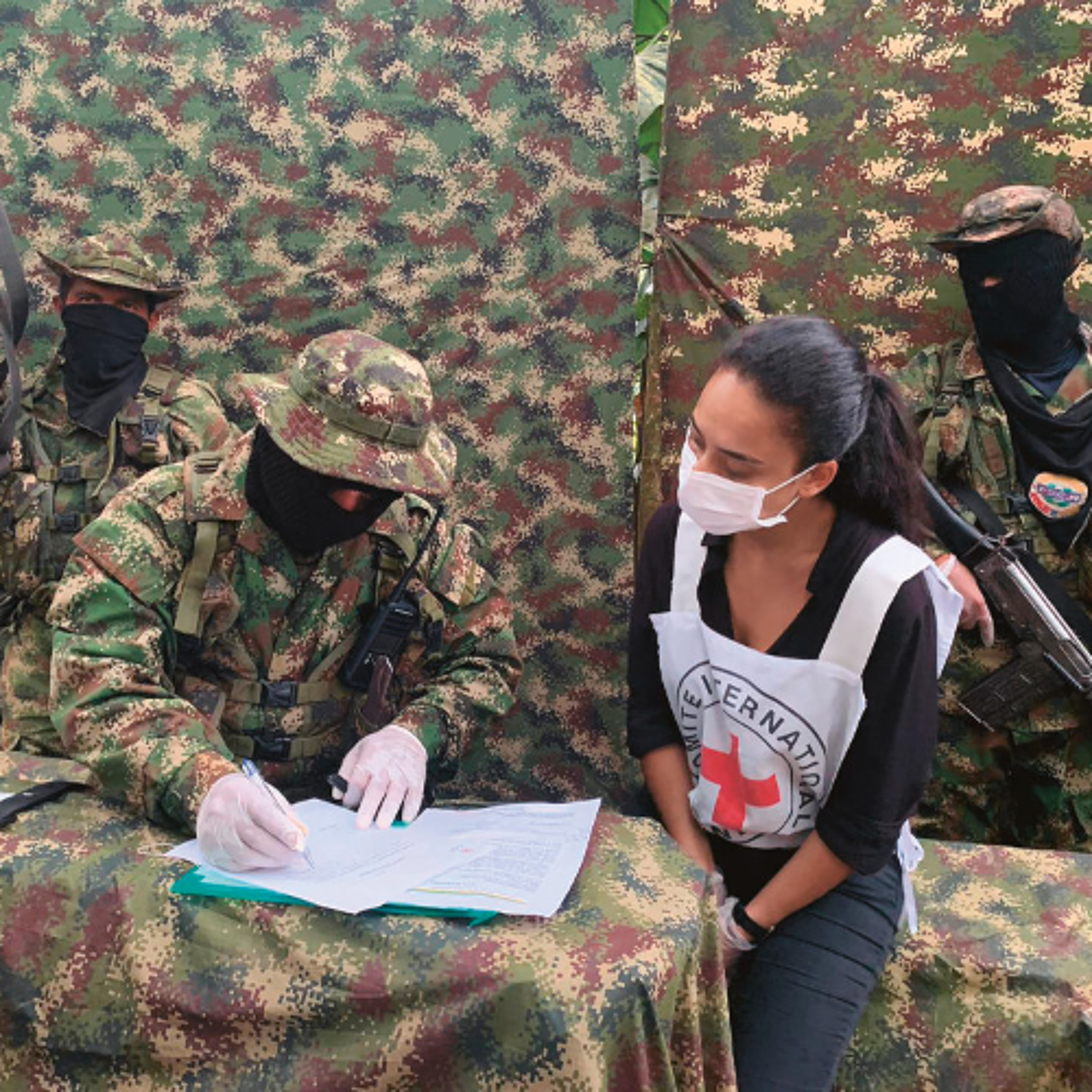
ICRC engagement with armed groups in 2025
In line with its mandate, the ICRC engages with all parties to an armed conflict, including non-state armed groups. The ICRC has a long history of con...

The humanity compass: navigating the protection of civilians in naval warfare
The law of naval warfare is a complex collection of international laws, developed in an era that could not anticipate today’s global interdependence,...
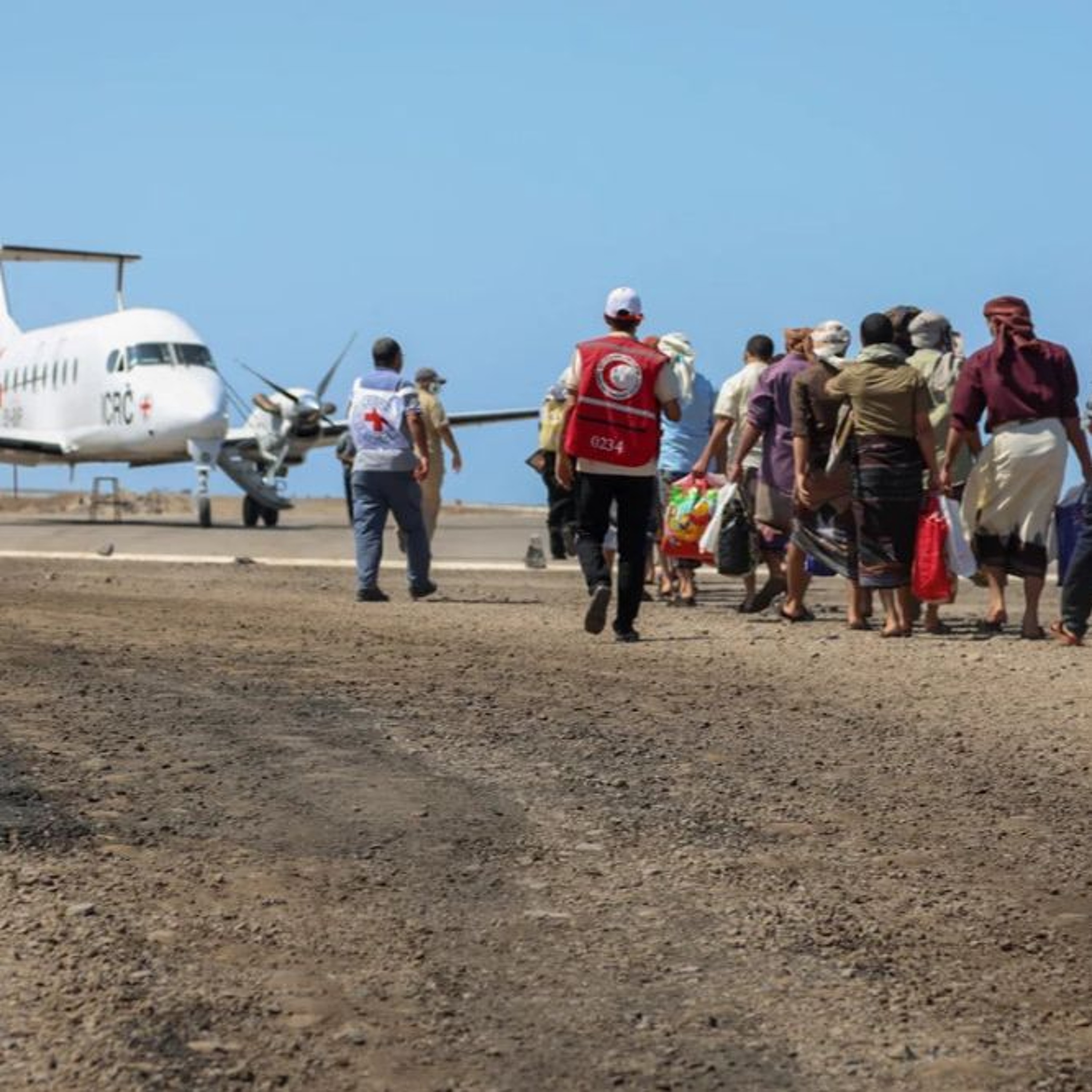
Sixty years on: why the Fundamental Principles must be lived, not just remembered
This year marks the 60th anniversary of the Fundamental Principles of the Red Cross and Red Crescent Movement – humanity, impartiality, neutrality, in...
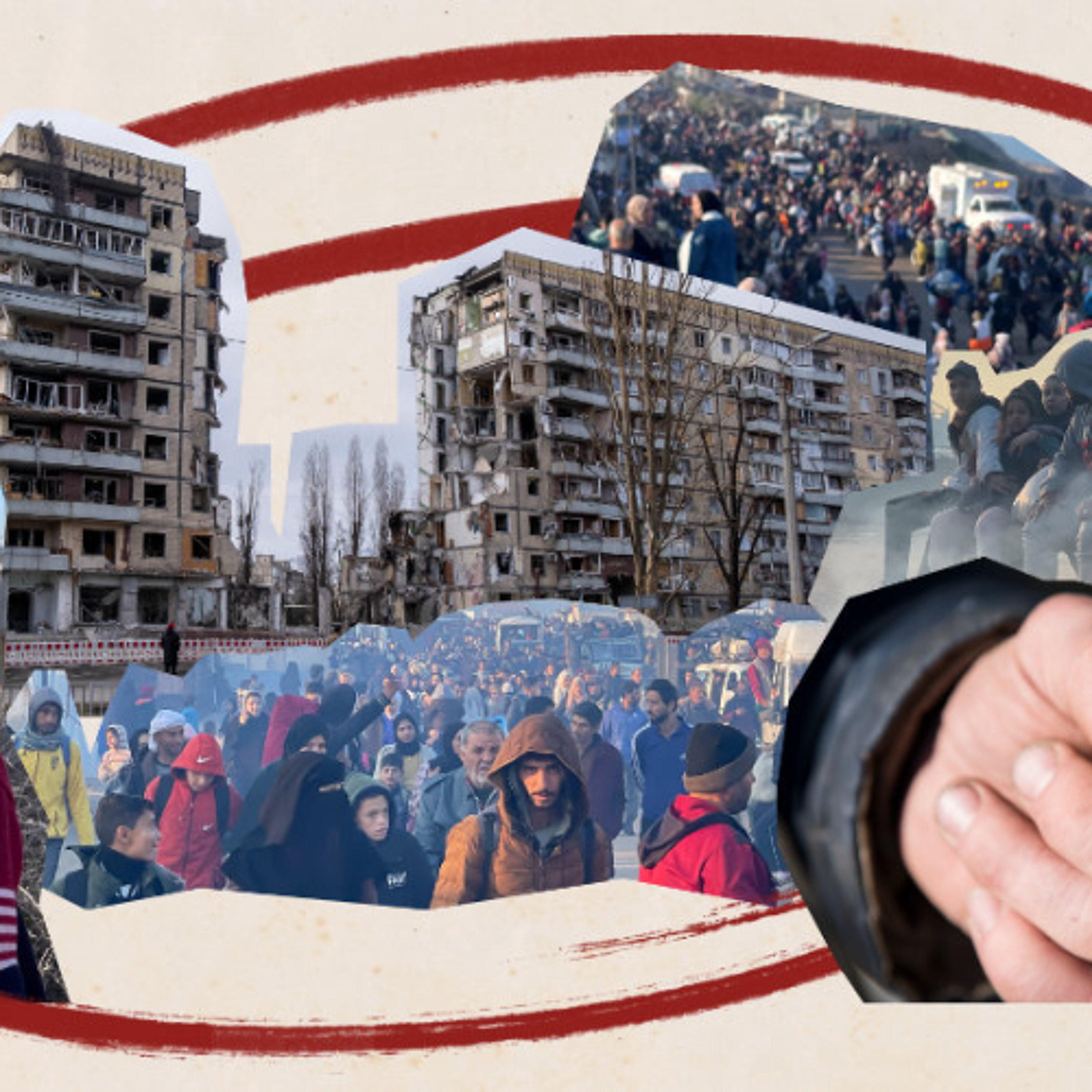
Protecting civilians in good faith: the updated Commentary on the Fourth Geneva Convention
Following five years of research and consultations, the ICRC has published a new, updated Commentary on the Fourth Geneva Convention (GC IV) of 1949....

Six ways IHL protects mental health
The impact of armed conflict on mental health is increasingly evident. According to data from the World Health Organization, one in five people who ha...

Goodbye is the hardest part: why is ending violence so difficult for non-state armed groups?
For groups involved in long-running non-international armed conflicts, the decision to end the use of violence poses significant challenges – even whe...
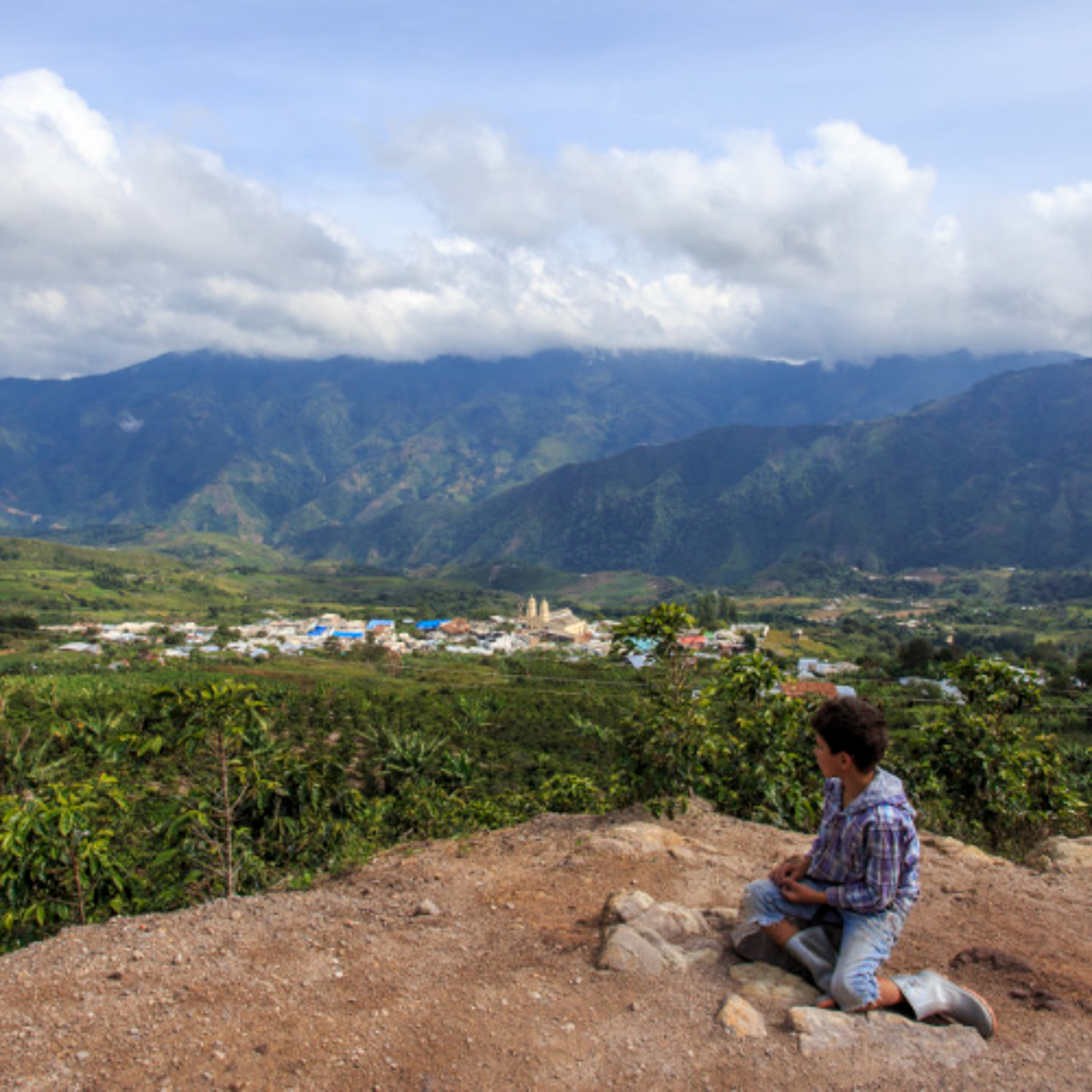
Dialogue, dignity, and the humanitarian contribution to peace
The number of conflicts continues to rise – with the ICRC currently classifying some 130 armed conflicts worldwide – while at the same time, they are...
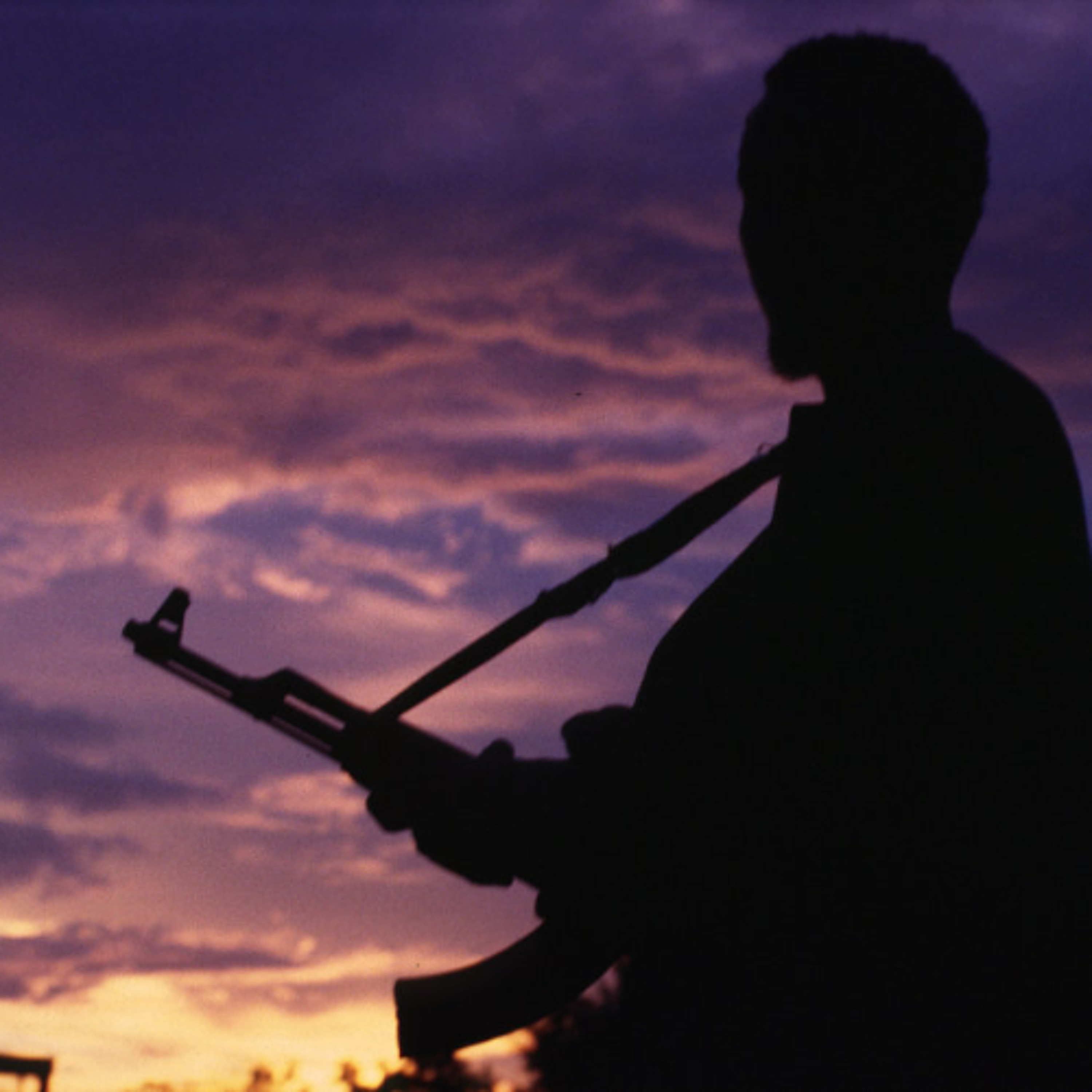
The risks and legal limits of involving ‘self-defence groups’ in non-international armed conflict
Across contemporary armed conflicts, the presence of civilian groups who take up arms to defend their communities raises enduring and complex legal ch...
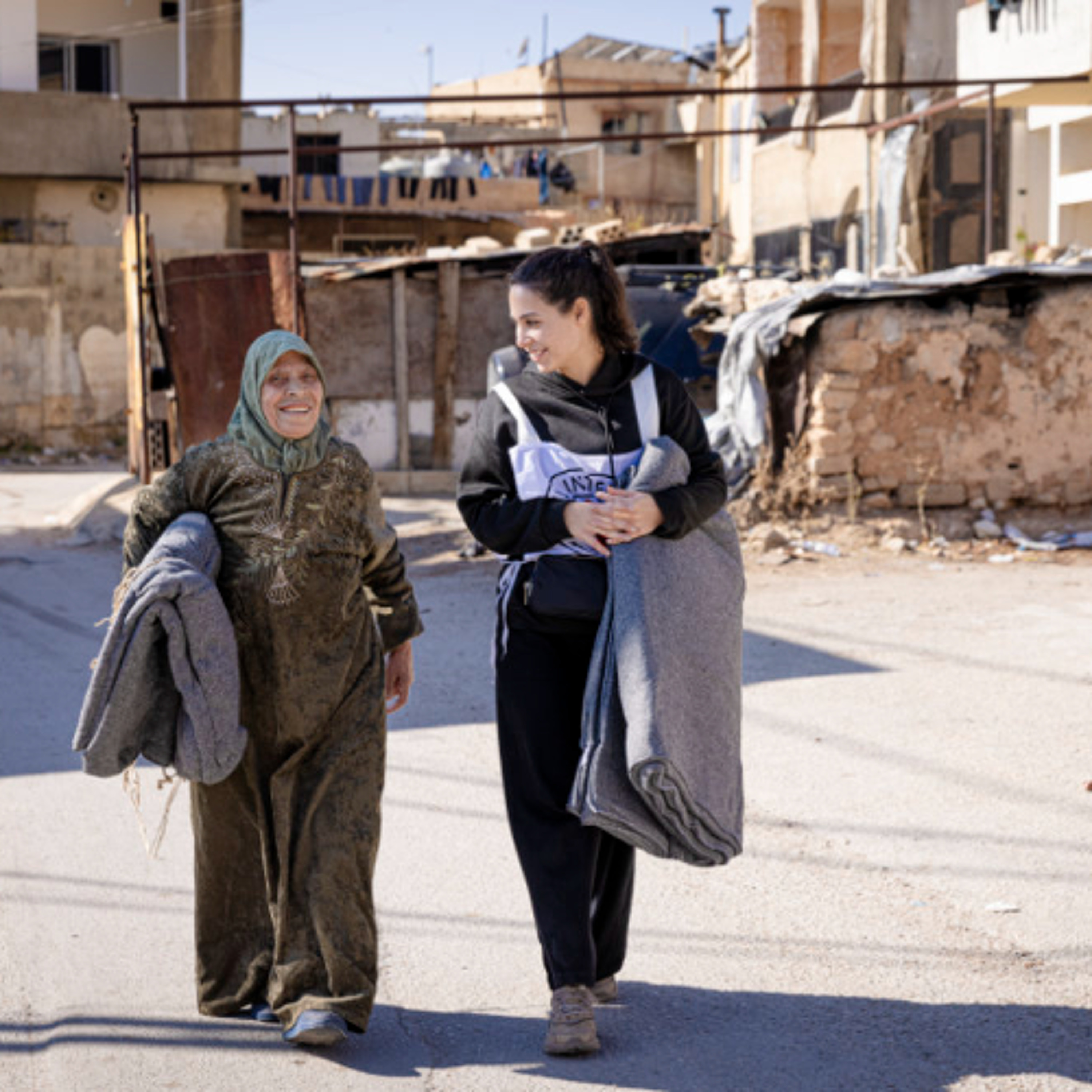
Why we must defend humanitarian storytelling in a divided world
For as long as humans have existed, stories have been our bridge to one another. Today, in a world shaped by digital networks, synthetic media, and hy...

Complying with IHL in large-scale conflict: navigating complexities in the Asia-Pacific
The waters stretching from the Eastern Indian Ocean through Southeast and East Asia to the Western Pacific sustain global trade, host abundant marine...
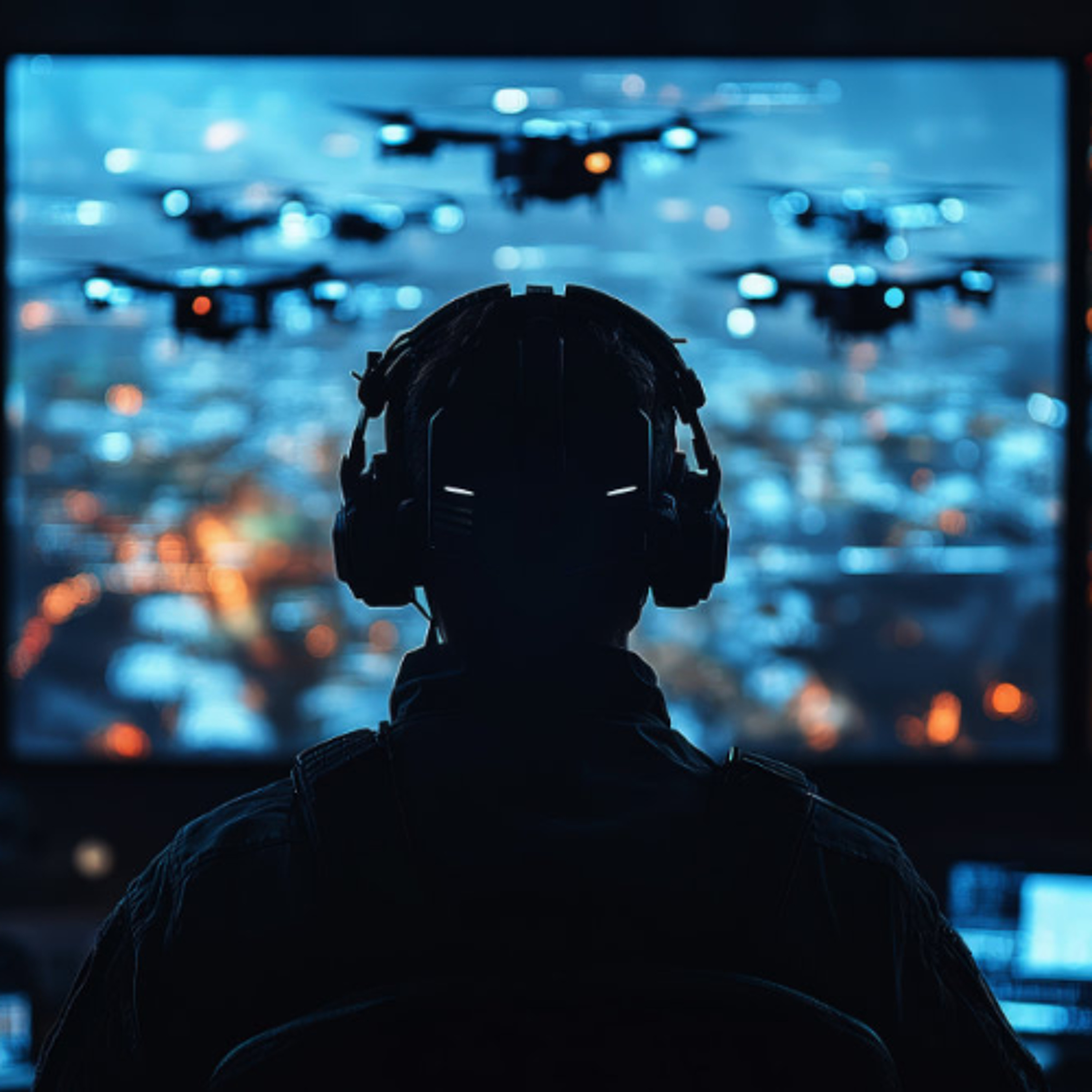
‘Constant care’ must be taken to address bias in military AI
As many states, especially those with large and resourceful militaries, are exploring the potential of using artificial intelligence (AI) in targeting...

Warfare at the speed of thought: can brain-computer interfaces comply with IHL?
Brain-computer interfaces (BCIs) are no longer speculative technologies of future warfare – they are being field-tested by countries such as the Unite...

How AI learns, and what it misses: why data selection matters in humanitarian action
How AI learns, and what it misses: why data selection matters in humanitarian action by ICRC Law and Policy
An evitable catastrophe: reclaiming humanity from the nuclear brink
On August 6th and 9th 1945, Hiroshima and Nagasaki became the first – and so far only – targets of nuclear weapons in warfare, killing over 100,000 pe...
International humanitarian law and connectivity disruptions during armed conflict
“Without information and telecommunication, people don’t know where to go for safety,” the ICRC reported from an ongoing armed conflict. Another human...
Offline and in danger: the humanitarian consequences of connectivity disruptions
As people around the world become increasingly reliant on digital and telecommunications networks to access essential services, contact loved ones, an...
Photographing humanity: hope amid crisis in Myanmar
When a powerful earthquake struck Myanmar on 28 March 2025, it tore through communities already living under the shadow of armed conflict and chronic...
Respect for the dead under Islamic law: considerations for humanitarian forensics
In contemporary humanitarian crises, handling the dead presents significant practical and ethical challenges. With a significant number of armed confl...
Verses of mercy: how Somali oral traditions can mitigate conflict and support IHL
The universality of international humanitarian law (IHL) assumes that its principles transcend cultural, geographical, and political boundaries. Howev...
Reaffirming IHL’s specific protection of hospitals
In today’s armed conflicts, hospitals are increasingly being attacked or misused for military purposes, undermining one of international humanitarian...
Eighty years on: honouring memory, upholding humanity
This year marks eight decades since the Holocaust, a defining moment of human suffering and moral failure. The memory of six million murdered Jews, an...
The shifting battlefield: technology, tactics, and the risk of blurring lines in warfare
The accelerating integration of emerging technologies into armed conflict is transforming not only the tools of war, but its tactics, geography, parti...
Complying with IHL in large-scale conflicts: detention operations in international armed conflicts
Large-scale detention operations in international armed conflicts (IACs) pose significant humanitarian, legal, and operational challenges. Internation...
From “total war” to “total defence”: tracing the origins of civilian involvement in armed conflict
When states adapt “total defence” strategies that mobilize entire populations in preparation for armed conflict, the line between civilian and combata...
The imperative to protect water and water systems during armed conflict
Amid the complexities of contemporary armed conflicts, damage to water infrastructure and the use of water as a means or method of warfare have devast...
Addressing landmine pollution: how the 'polluter pays' principle can help
Landmines, a persistent threat in post-conflict zones, pose severe risks to both human lives and the environment. These explosive devices, often burie...
From disenchantment to a universal culture of compliance: IHL education “2.0”
As public opinion is critical in shaping decision-making during armed conflict, engaging with and informing youth and the broader public about interna...
Complying with IHL in large-scale conflicts: key preparedness measures
As states increasingly focus on strengthening their defense capabilities, discussions on military preparedness are gaining prominence, particularly in...
Anchoring protection: Islamic law contributions to the development of the 1977 Additional Protocols to the Geneva Conventions
References to Islamic law made by the delegations of Egypt, Saudi Arabia, Sudan and Syria during the 1974–1977 Diplomatic Conference – which led to th...
Environmental destruction in conflict: broadening accountability in war
International law recognizes the importance of environmental protection during armed conflict. Additional Protocol I of the Geneva Conventions was the...